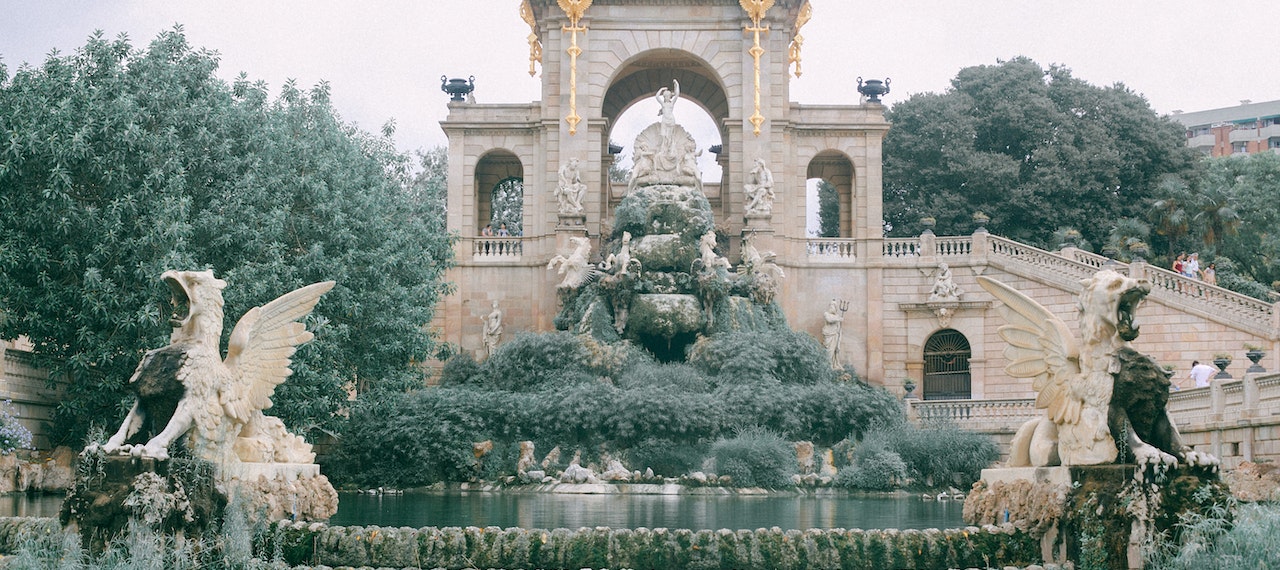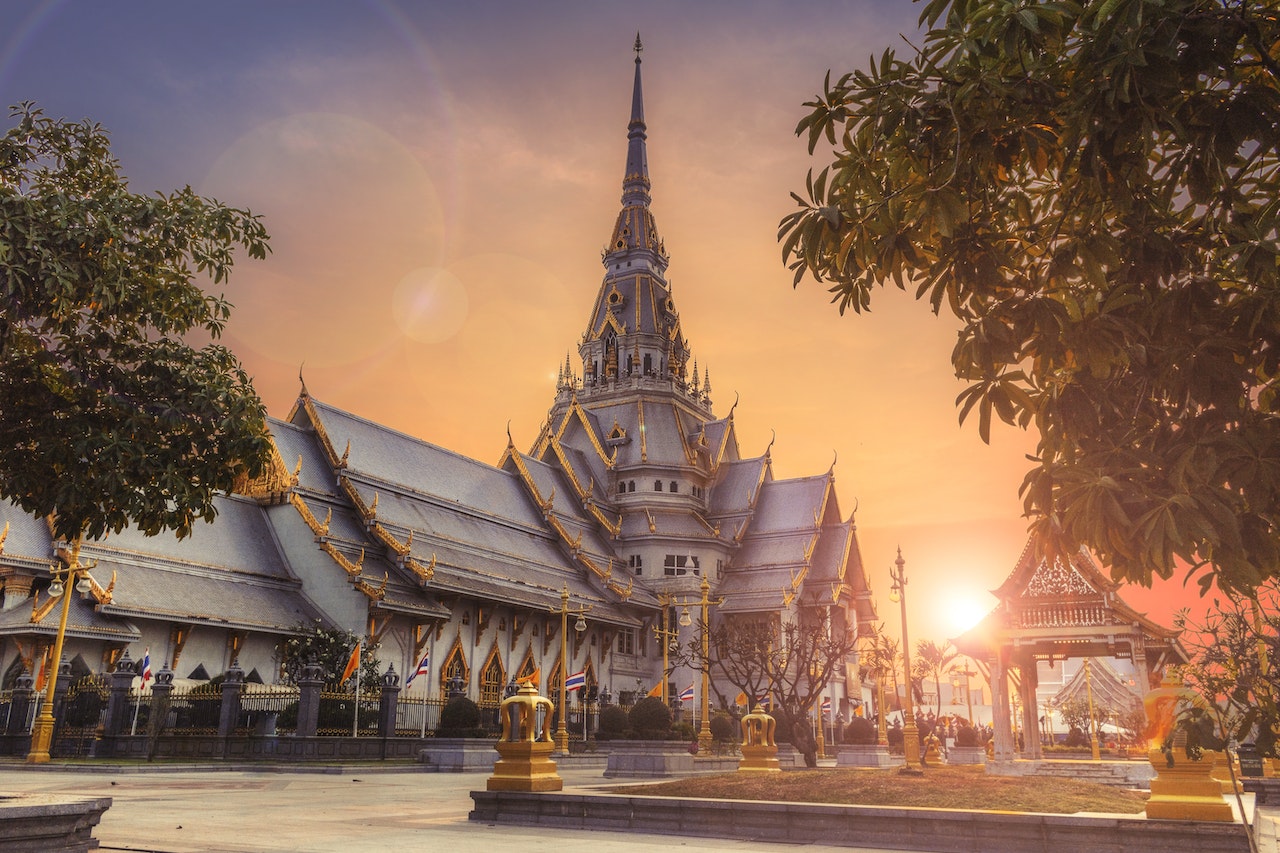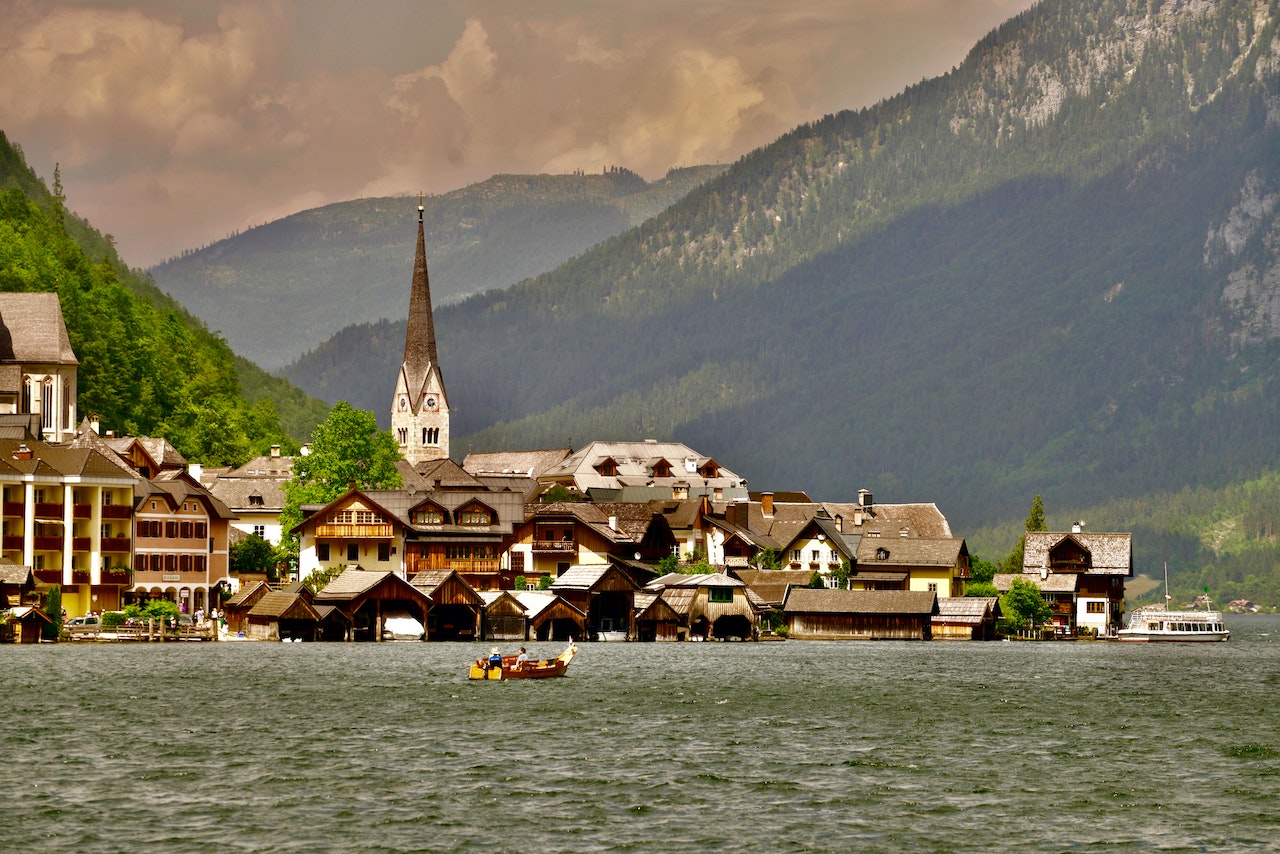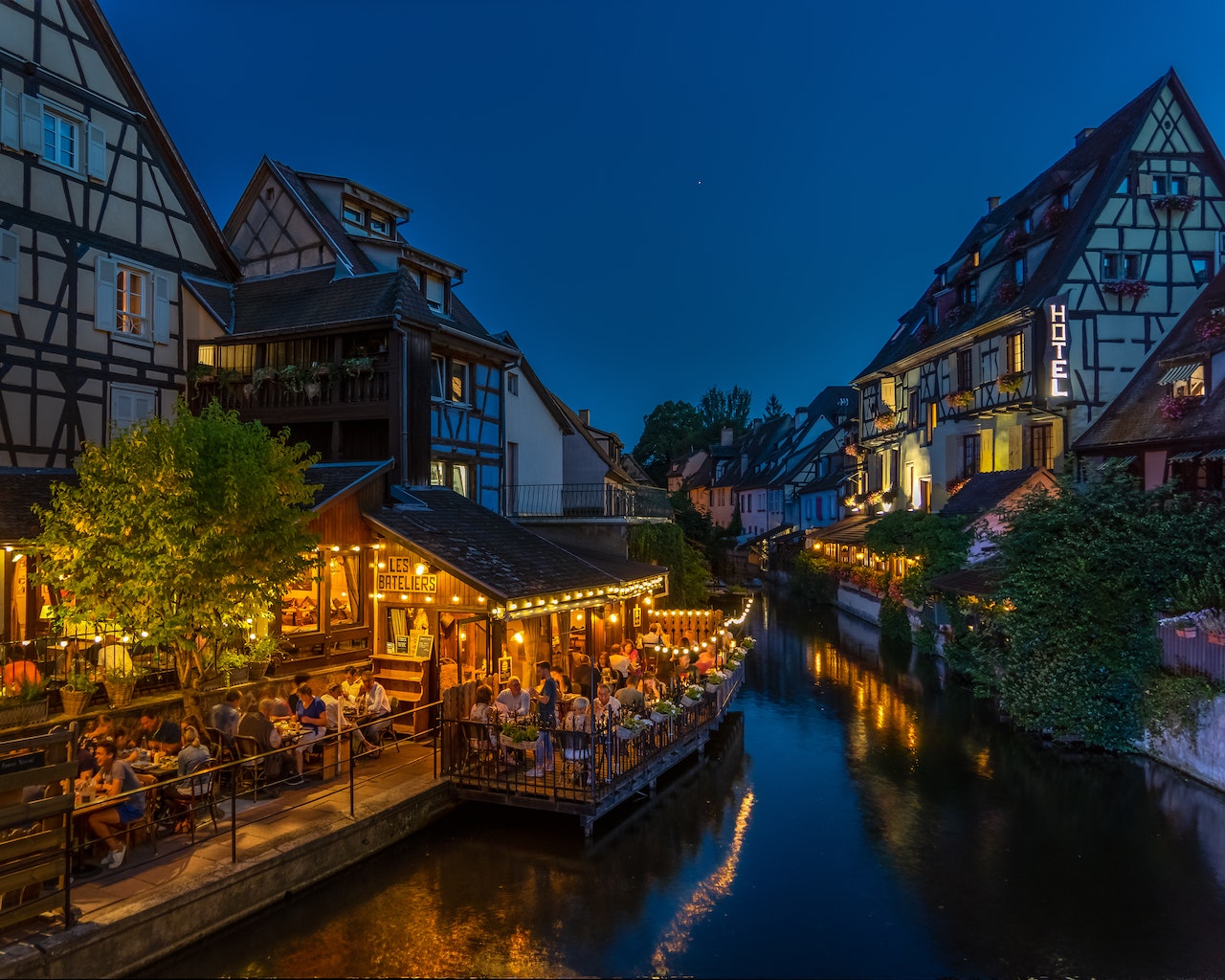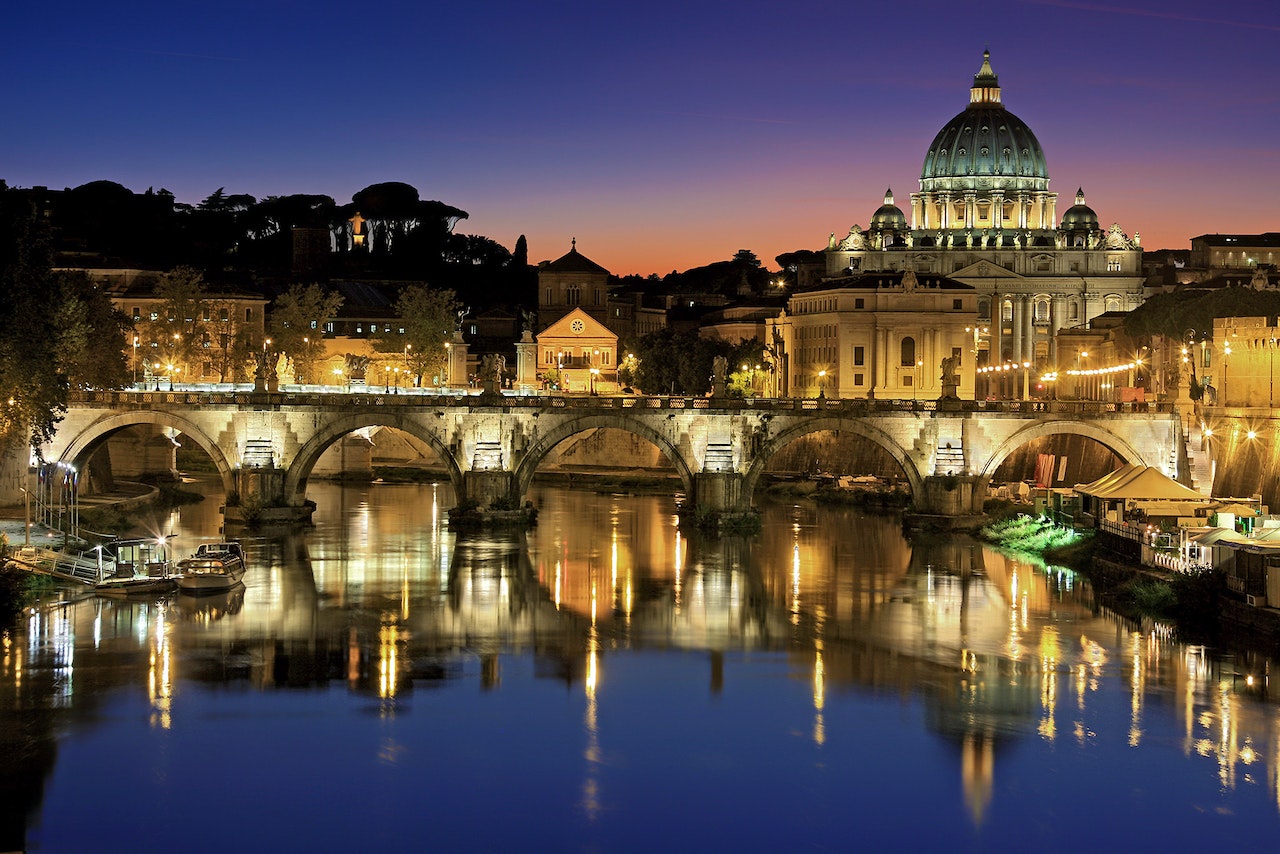Hello, travelers!
There's something quite invigorating about setting foot in Barcelona, a city that effortlessly marries modernism with antiquity, making you feel like you've stepped into a living, breathing canvas of architectural artistry. Today, I invite you to journey with me as we trace the aesthetic footprints of Art Nouveau - or in Catalan, Modernisme - an architectural style that swept across Barcelona and forever reshaped its cityscape.
Day 1: Start With a Bang at Passeig de Gràcia
No trip to Barcelona can start without visiting the grand boulevard of Passeig de Gràcia. This upscale shopping street is home to two of the most celebrated Art Nouveau structures globally, both conceived by the master himself, Antoni Gaudí: Casa Batlló and Casa Milà, popularly known as La Pedrera.
Casa Batlló, a remodel of a previously built house, is nothing short of spectacular. It's a harmony of color and light, with a façade adorned with a mosaic made from broken ceramic tiles (trencadís) that creates a wave-like effect, a characteristic Gaudi trademark. The marine inspiration extends to the balconies, reminiscent of Venetian masks, and the roof, shaped like the back of a dragon or dinosaur - a fantastic nod to Catalonia's patron saint, St. George.
A few blocks away stands Casa Milà, Gaudi's last civilian project. Its undulating stone façade and twisting wrought iron balconies and windows give it a surreal, organic feel. The rooftop, with its maze of chimneys, stair exits, and ventilation shafts, all sculpted into abstract shapes, seems straight out of a Salvador Dali dreamscape. Both these buildings are UNESCO World Heritage Sites and contain museums showcasing Gaudi's life and works.
Day 2: The Majestic Hospital de Sant Pau
A short metro ride northward leads you to Hospital de Sant Pau, one of the most significant Art Nouveau complexes globally, designed by Lluís Domènech i Montaner. This was no ordinary hospital. The pavilions, each once a medical department, are connected by underground tunnels and surround a central administrative building. With its polychrome tiles, intricate mosaics, and stained glass, it's hard to believe this was a working hospital until 2009. Now a UNESCO World Heritage Site, it hosts cultural events, exhibitions, and guided tours.
Day 3: The Grand Palau de la Música Catalana
Barcelona's homage to Modernisme would be incomplete without visiting Palau de la Música Catalana, another masterwork by Lluís Domènech i Montaner. This concert hall, still operational today, is an explosion of color, light, and form. A must-see is the incredible stained glass skylight, a drop of light, that illuminates the concert hall with a kaleidoscope of colors during daylight performances. I recommend booking a guided tour, or better yet, a concert ticket to fully appreciate the intricate details and acoustics of this beautiful auditorium.
Day 4: Bask in the Glory of Park Güell
To conclude your Art Nouveau tour, head over to Park Güell, another UNESCO World Heritage Site, and one of Gaudi's most renowned works. This public park system composed of gardens and architectural elements located on Carmel Hill offers stunning views of Barcelona. From the famous dragon stairway to the serpentine bench, the park is a testament to Gaudi's genius and his love for natural forms.
These highlights are just the tip of the Art Nouveau iceberg in Barcelona. The city is brimming with architectural treasures tucked away in every corner - from the lesser-known houses like Casa Amatller and Casa Lleó Morera to the Modernista lampposts on Plaça Reial. Every alleyway, every boulevard, carries the indelible signature of the Modernisme movement, making Barcelona the perfect canvas to explore this groundbreaking period in architectural history.
As I meandered through these architectural marvels, I was left awestruck, not just by the ingenuity of their creators but by how these structures, despite being over a century old, continue to resonate with us. They're not just buildings; they're love letters etched in stone and tile to the city of Barcelona and the Catalan culture.
Till the next journey,
